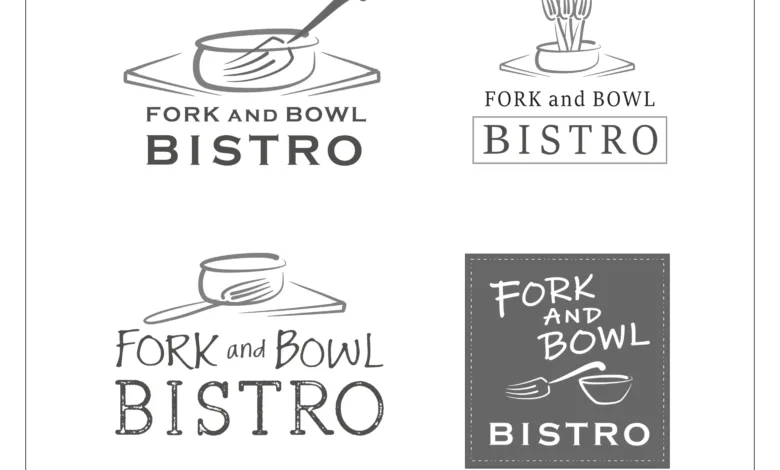
The design revision is a time and profit killer. But you want to please your client, and you don’t mind making the changes because deep down inside, you want to help this client out, and it’s really just a couple of minor revisions, right? But by doing this, are you unknowingly telling your prospect, “Please, let me be your free designer. I am here to serve you over and over and over again until you are happy.”
The mindset of the client and how they perceive your services is key to how your working relationship will be. Ignoring this step of the process might/could/will land you smack dab in the middle of “design revision hell.”
Here are three steps you can take upfront to eliminate the customer’s perception of what is and isn’t going to happen during the design process.
#1: Maintain control of the sales meeting
It’s tempting with some customers to just let them do all the talking, which is good to a point; however, if they are allowed to run the meeting, you may have significant issues trying to put the brakes on their requests to “see it in purple this time.”
I like to ask a couple of bombshell questions upfront:
- “Have you ever purchased a sign/display/wrap/wall graphic/etc. like this in the past?” If they say yes, ask them this question next:
- “Can you tell me about it, and how was the experience for you?
So, think about this for a minute. If the process went smoothly for the prospect, and they now need a new sign for their newest location, then why wouldn’t they be working with that company instead of trying to establish a whole new working relationship with a different company? What happened? Did the job not go smoothly?
If they disliked the sign company or the experience, they might share that with you, or they may say something like, “We felt it was time to seek new resources for our needs, and your company came highly recommended.”
With the “highly recommended” kicker on that, it’s almost a shoo-in that you have a better-than-average chance of closing the sale.
If they say, “We wanted to verify pricing of our last vendor,” then that is a huge red flag to run like the wind. They are basically asking for free design work disguised as an RFP.
#2: Remind them that you are a professional
And tell them that you will be designing the product/service to be the most effective for their stated need and purpose.
The design will be created to catch the eye, mood, and attention of the ideal customer. In the case of signage, a sign has a job to do — a role to play, and if it isn’t doing that, then it’s not a sign. It’s just a pretty image. The sign must be designed to attract the right market share, or it will not be effective in the job it must perform.
You have to get them to agree to this reality check so that when you present the designs, they already know you are going to tell them which option will work best for them. If they agree with you but don’t happen to like a color or font choice, you can make revisions if it doesn’t affect the sign’s role negatively. Keep it limited, and don’t give in.
#3: Show them what will work best
Have at least one illustration done up right, with superimposed images of your product either in place or in use, so they can get a better feel for the flow of your idea within its most likely viewing or use environment.
For me, I’ve noticed that the more complete the presentation is, the less likely that any changes or revisions are requested. The more “like a sketch” it appears, the more the prospect feels compelled to help you out, so it’s what they want to see.
Keeping your prospect in their lane will make you come across like you are a professional at this. And this helps to eliminate the question that is already in the prospect’s mind; “Yeah, it’s a nice design or idea, but how will it look on a black shirt, or on a box van, a coffee cup, or on a building storefront?”
Putting it together upfront also lets the prospect know that you have thought these ideas through and have looked at how they will look when used in the environments they will be viewed within.
How do you learn about the prospects’ customers?
It’s easy, just grab your brick phone, jump in your ’72 Pinto, and head on down to the public library, where you can research your little heart out! Fortunately, you can do the research needed anywhere, anytime, from your cell phone. The prospect may share that info with you if you ask them the right questions. Understanding their customer upfront is one way to show the prospect you are a professional, that your time and theirs is important, and that you don’t want to waste any efforts going in the wrong direction.
Get online and do some research to find out how and in which environment the prospect might use your product or service to attract customers. “Trending colors for blah, blah, blah,” or “This year’s favorite font” are just some of the search phrases that will take you places where you can find not only inspiration but validation for your design directions.
If it’s a coffee shop or restaurant, or any business where retail customers visit, it’s easy to park your car in their lot and watch who visits their store on any given busy day. Seeing the types of cars they drive makes all the difference in categorizing their possible spending habits, likes, dislikes, and personal tastes. It’s not an official product user survey, but it’s enough to get the conversation started on this subject.
When you can use research and facts to validate your design choices, it’s powerful stuff, and suddenly your claim to professionalism is validated by your presentation and creative work as a whole. That’s what separates a professional from a beginner. It also puts you in the driver’s seat for the sale, so that revisions really don’t exist, and prospects turn into customers.
Take a huge step and give this a try
An additional way to ensure fewer revisions is by taking it to the next level with the upfront design deposit and agreement. This is perfect for the chronic revisionist who must jump in and be way over-involved in the design process. When you have this type of prospect, the best way to handle them is to pull out the “upfront design agreement and deposit.” This usually clears the fog from the room and clarifies what is acceptable and what is not. The design agreement can be written any way you feel it will do its best to get the point across that they are paying for the entire design process.
One way to sell this idea is to say that “it’s customary when clients like them need specialized attention with our designers.” The prospect will own the designs created and will have the option to go to any other shop to get similar pricing to complete that job, and 99% of the time, they won’t go anywhere else. They will stay with you and your company because they are already deep into the project with your designer. It’s human nature – once they pay you the $500 fee and sign an agreement, they are your customer.
So, minimizing or eliminating revisions has less to do with “designing it to their liking” as much as it has to do with setting the stage and course of accountability on how the design relationship will be handled, who is in charge, and how many revisions are permitted for the upfront fee, and how much each subsequent revision will cost.
In this way, you are working on their dime, and they are spending money with you. They are paying for your designer’s time.
Consider not doing design work for an open book of a potential sale that may not happen. It’s better to walk away and find a prospect that will work within your terms than to be tooled by a keen prospect who “revises” your creative side to death and then decides to go with the competition without explaining why. Be in control of the process.



